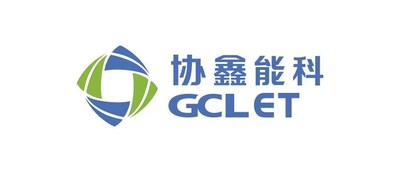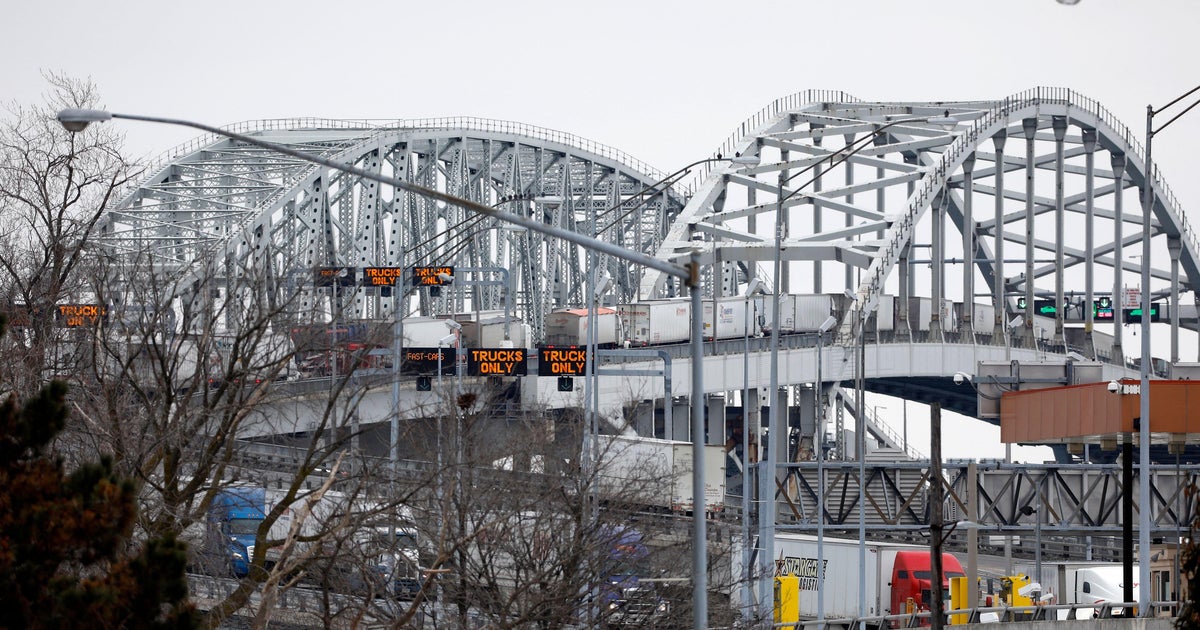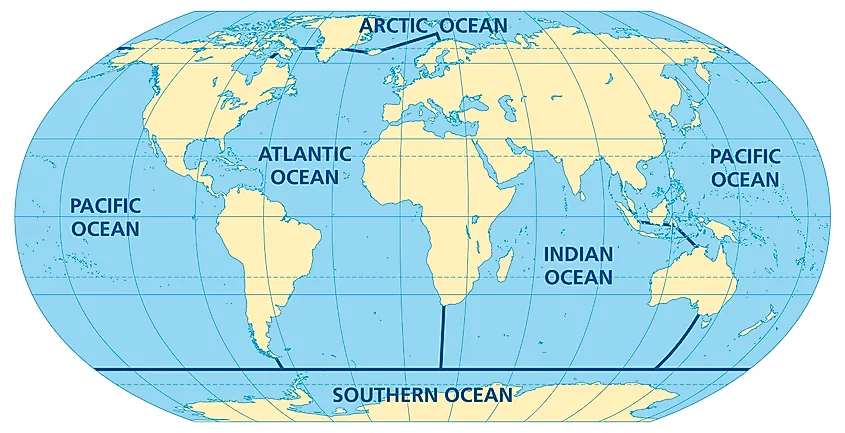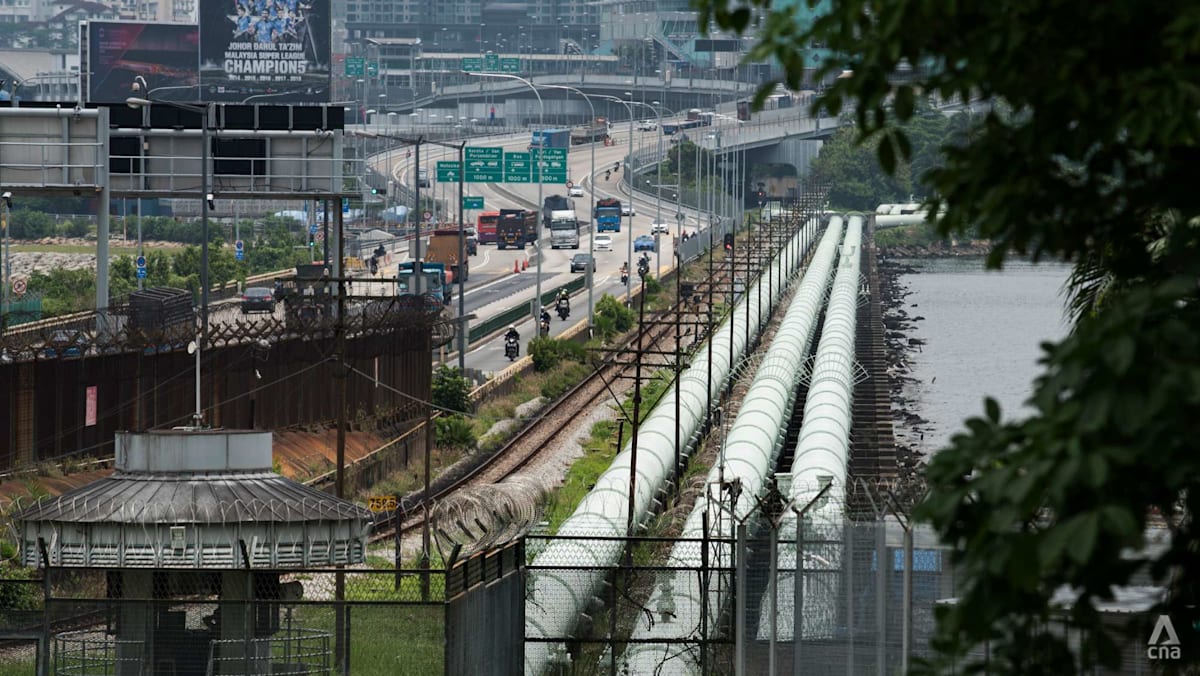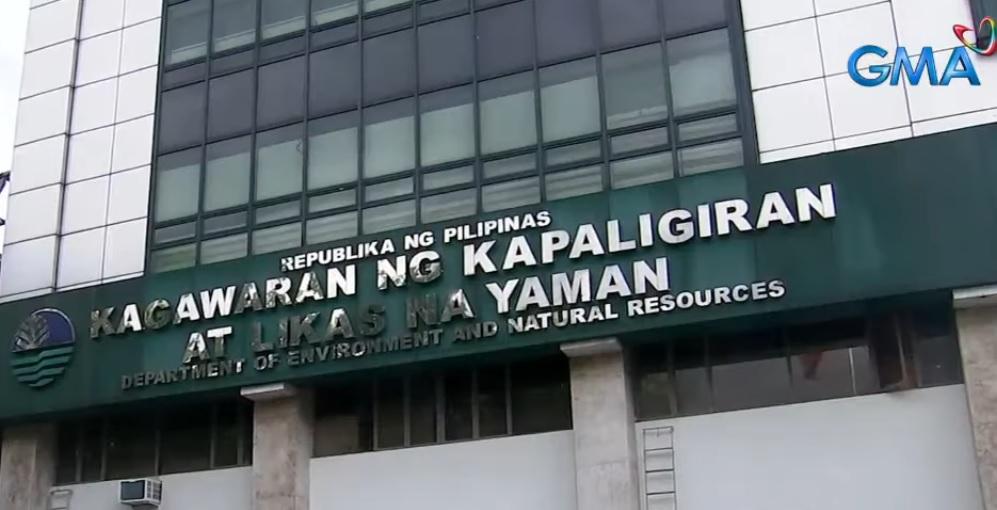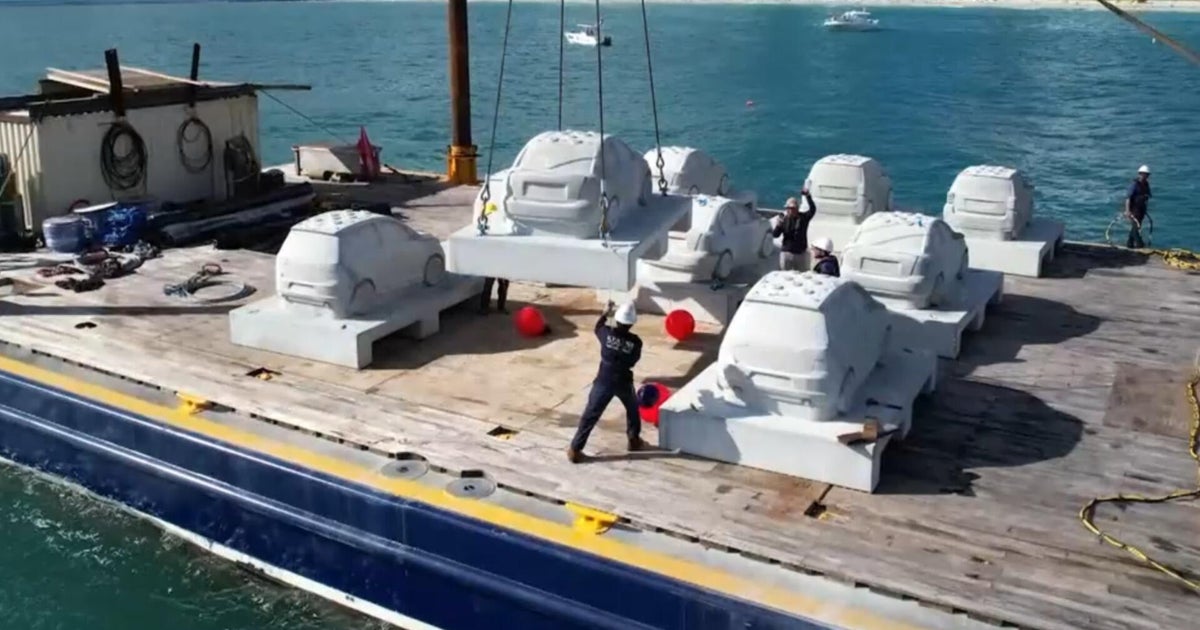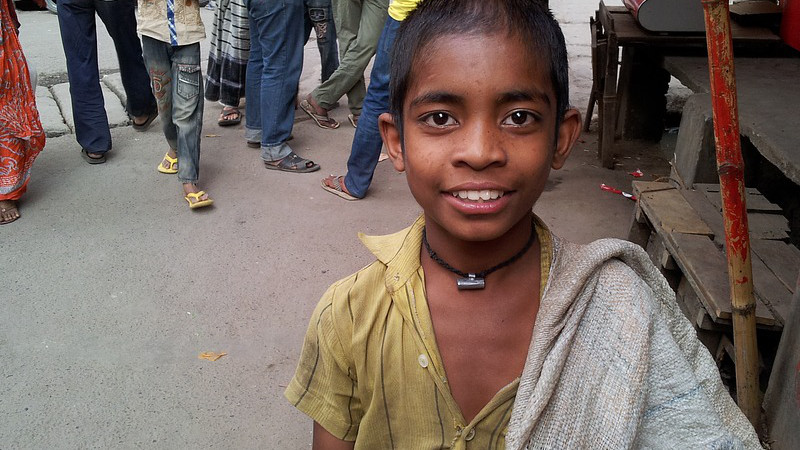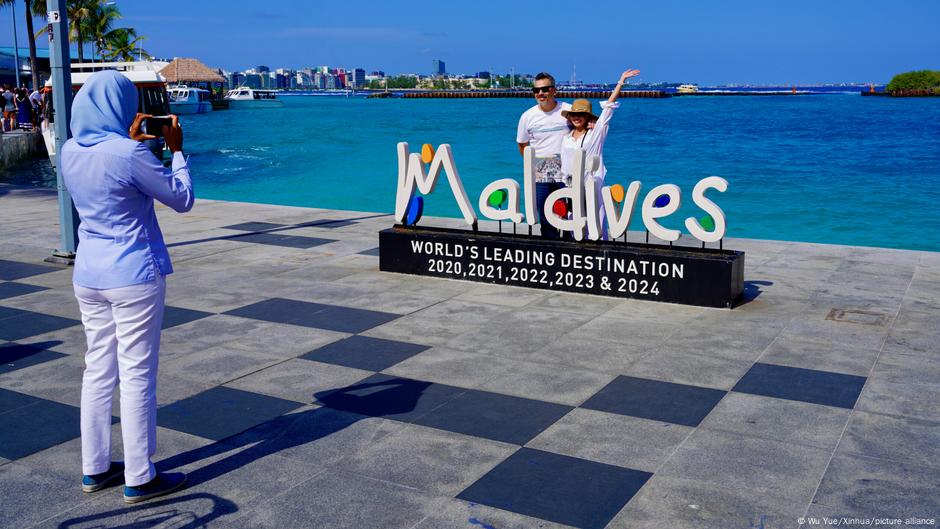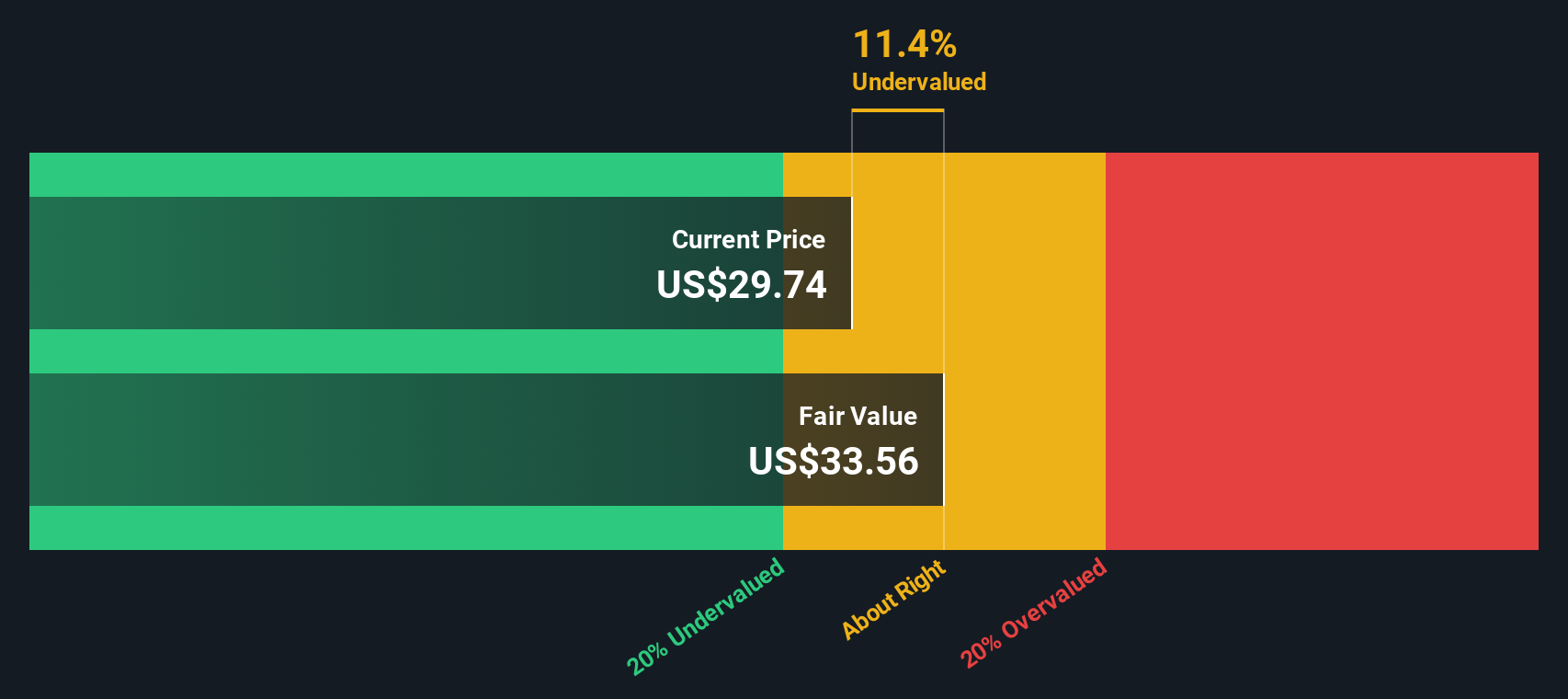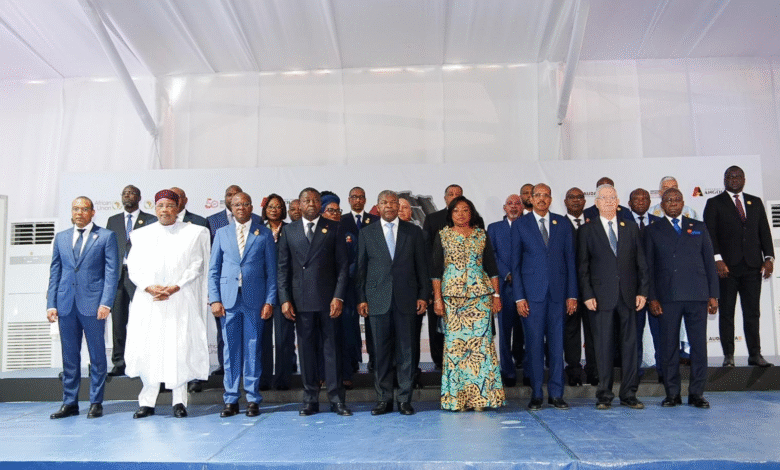Nepal’s Tourism Policy 2025: A Bold Step Towards Sustainable Growth and Global Recognition – Travel And Tour World
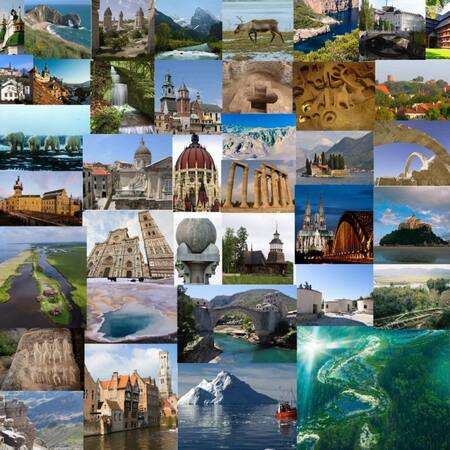
Report on Nepal’s Tourism Policy 2025 and its Alignment with Sustainable Development Goals (SDGs)
1.0 Introduction and Policy Mandate
The Government of Nepal has introduced the Tourism Policy 2025, a strategic framework designed to supersede the 2008 policy and guide the nation’s tourism sector towards sustainable growth. This new policy establishes a clear trajectory to enhance tourism’s contribution to the national economy, focusing on job creation and responsible development. It aims to institute improved governance, develop critical infrastructure, and foster inclusive growth, thereby transforming tourism into a primary economic driver while ensuring the preservation of Nepal’s unique cultural and natural heritage. The policy’s framework is fundamentally aligned with the United Nations Sustainable Development Goals (SDGs).
The policy directly addresses several key SDGs, including:
- SDG 8: Decent Work and Economic Growth
- SDG 9: Industry, Innovation, and Infrastructure
- SDG 10: Reduced Inequalities
- SDG 11: Sustainable Cities and Communities
- SDG 15: Life on Land
- SDG 17: Partnerships for the Goals
2.0 Strategic Vision for Sustainable Tourism
The core vision of the Tourism Policy 2025 is the diversification and promotion of Nepal’s tourism products. By leveraging the nation’s geographical and cultural diversity, the policy seeks to create a holistic tourism ecosystem. This approach is designed to balance economic objectives with environmental and social responsibilities, directly supporting SDG 8 (Decent Work and Economic Growth) by creating sustainable economic opportunities and SDG 15 (Life on Land) by promoting the conservation of natural ecosystems. The strategy involves identifying and developing both established and emerging destinations, from the Himalayan peaks to the cultural landscapes of the Kathmandu Valley and Lumbini, to attract a diverse global audience.
3.0 Infrastructure Development and Innovation
A central pillar of the policy is the development of robust, safe, and sustainable tourism infrastructure, a critical component for achieving SDG 9 (Industry, Innovation and Infrastructure). Recognizing that inadequate infrastructure has historically limited growth, the government plans significant upgrades to transportation and accommodation networks.
3.1 Key Infrastructure Objectives
- Enhanced Connectivity: Modernizing and expanding transportation, including roads and airports, to ensure seamless travel. A primary goal is to improve air connectivity with key source markets through safer aviation services and increased direct flights.
- Public-Private Partnerships (PPPs): The policy emphasizes collaboration between the government and private sector to facilitate investment in high-quality hotels, resorts, and tourist facilities. This aligns with SDG 17 (Partnerships for the Goals) by leveraging private sector expertise and capital for national development.
4.0 Environmental Conservation and Social Inclusivity
The policy acknowledges the vulnerability of Nepal’s natural assets to unsustainable tourism practices and integrates strong conservation and inclusivity measures.
4.1 Environmental Stewardship
To protect its pristine landscapes, the policy mandates environment-friendly practices. This commitment supports a range of SDGs:
- SDG 13 (Climate Action) and SDG 7 (Affordable and Clean Energy) are addressed through the promotion of renewable energy in tourism operations.
- SDG 15 (Life on Land) is supported by conservation efforts and the promotion of eco-friendly accommodations.
- SDG 6 (Clean Water and Sanitation) is advanced through the implementation of effective waste management systems in tourist areas.
4.2 Inclusive Growth and Community Empowerment
The policy is designed to ensure that the economic benefits of tourism are distributed equitably, directly targeting SDG 1 (No Poverty) and SDG 10 (Reduced Inequalities). Special focus is placed on creating opportunities in remote and marginalized communities. By encouraging local participation in the tourism value chain, the policy aims to generate employment and self-employment, particularly for youth and women, which also contributes to SDG 5 (Gender Equality).
5.0 Fostering Employment and Entrepreneurship through Technology
The policy prioritizes the creation of a supportive ecosystem for tourism-related enterprises and leverages technology to enhance competitiveness and management.
5.1 Technology and Digital Transformation
In alignment with SDG 9 (Industry, Innovation and Infrastructure), the policy will utilize digital platforms for marketing, communication, and administrative efficiency. Initiatives include the development of online portals, mobile applications, and social media campaigns to promote Nepal globally and streamline processes such as visa applications and service quality assessments.
5.2 Tourism Entrepreneurship
To foster SDG 8 (Decent Work and Economic Growth), the government will create a conducive environment for tourism entrepreneurs. This includes providing training, improving access to finance, and offering other forms of assistance to cultivate a new generation of innovators. The policy encourages local communities to establish small-scale enterprises such as guesthouses, tour operations, and handicraft businesses.
6.0 Policy Implementation and Strategic Initiatives
Learning from the implementation shortfalls of the 2008 policy, the new framework establishes actionable initiatives and emphasizes strong coordination among all stakeholders, reflecting the principles of SDG 17 (Partnerships for the Goals).
6.1 Key Strategic Initiatives
- Visit Nepal Decade (2025-2035): A long-term campaign to establish Nepal as a premier global tourism destination.
- Special Tourism Year (2025): An inaugural year to launch a global promotional campaign to attract a significant influx of visitors.
- Digital Nomad Visa: A proposed policy to attract remote workers, a high-value tourist segment that can contribute significantly to the local economy and SDG 8.
- Health Tourism Development: An initiative to promote Nepal as a destination for health and wellness services, such as the “Health Tourism Mart 2025,” directly supporting SDG 3 (Good Health and Well-being).
7.0 Conclusion
Nepal’s Tourism Policy 2025 represents a comprehensive and forward-looking strategy to develop a sustainable, inclusive, and resilient tourism sector. By embedding the principles of the Sustainable Development Goals into its core, the policy aims not only to drive economic growth but also to ensure environmental protection, social equity, and cultural preservation. This framework marks a decisive shift towards a more integrated and responsible approach, positioning tourism as a transformative force for Nepal’s future development.
Analysis of Nepal’s Tourism Policy 2025 and its Connection to SDGs
1. Which SDGs are addressed or connected to the issues highlighted in the article?
- SDG 8: Decent Work and Economic Growth: The article highlights that the policy aims to maximize tourism’s contribution to the national economy by “creating jobs” and fostering “tourism entrepreneurship.” It seeks to transform tourism into a “major economic driver.”
- SDG 9: Industry, Innovation, and Infrastructure: A core component of the policy is the “development of robust and safe tourism infrastructure.” This includes plans to “modernize and expand transportation networks, including roads, airports, and hotels” and improve “air connectivity.”
- SDG 10: Reduced Inequalities: The policy promotes “inclusive growth,” ensuring that the benefits of tourism are distributed throughout the country. It gives “special attention…to marginalized and remote areas” and aims to create opportunities for “underprivileged communities.”
- SDG 11: Sustainable Cities and Communities: The policy focuses on preserving the “cultural and natural resources of the country” and safeguarding heritage sites like the “culturally rich Kathmandu Valley” and “Lumbini.”
- SDG 12: Responsible Consumption and Production: The article emphasizes “environmental sustainability” by promoting “environment-friendly practices,” “eco-friendly accommodations,” and “waste management systems” to ensure tourism growth is sustainable.
- SDG 5: Gender Equality: The policy specifically aims to create employment and self-employment opportunities for “women,” promoting their economic inclusion in the tourism sector.
- SDG 17: Partnerships for the Goals: The article states that the policy emphasizes the need for “public-private partnerships” and “better coordination among various stakeholders, including the private sector, local governments, and international organizations” to achieve its goals.
2. What specific targets under those SDGs can be identified based on the article’s content?
-
SDG 8: Decent Work and Economic Growth
- Target 8.9: “By 2030, devise and implement policies to promote sustainable tourism that creates jobs and promotes local culture and products.” The article directly aligns with this by stating the policy’s goal is to create jobs and promote Nepal’s rich culture and heritage in a sustainable manner.
-
SDG 9: Industry, Innovation, and Infrastructure
- Target 9.1: “Develop quality, reliable, sustainable and resilient infrastructure…to support economic development and human well-being.” The policy’s cornerstone is the development of “robust and safe tourism infrastructure,” including modernizing transportation to support the tourism economy.
-
SDG 11: Sustainable Cities and Communities
- Target 11.4: “Strengthen efforts to protect and safeguard the world’s cultural and natural heritage.” The policy explicitly aims to preserve “the cultural and natural resources of the country” and promote destinations like the Kathmandu Valley and Lumbini.
-
SDG 12: Responsible Consumption and Production
- Target 12.b: “Develop and implement tools to monitor sustainable development impacts for sustainable tourism…” The policy’s promotion of “eco-friendly accommodations, waste management systems, and other sustainable practices” is a direct implementation of this target.
-
SDG 10: Reduced Inequalities
- Target 10.2: “By 2030, empower and promote the social, economic and political inclusion of all…” The policy’s focus on “inclusive growth” for “marginalized and remote areas” and “underprivileged communities” directly supports this target.
-
SDG 5: Gender Equality
- Target 5.5: “Ensure women’s full and effective participation and equal opportunities for leadership at all levels of decision-making…” The article’s mention of creating opportunities “especially for…women” contributes to their economic participation.
-
SDG 17: Partnerships for the Goals
- Target 17.17: “Encourage and promote effective public, public-private and civil society partnerships…” The policy explicitly “emphasizes the need for public-private partnerships” and better coordination among all stakeholders.
3. Are there any indicators mentioned or implied in the article that can be used to measure progress towards the identified targets?
- Number of jobs created in the tourism sector: The article explicitly mentions the goal of “creating jobs and promoting development of the sector.”
- Number of new tourism entrepreneurs and businesses: The policy aims to “cultivate a new generation of tourism entrepreneurs” and help local communities start “small guesthouses” or “tour operations.”
- Number of international visitors: The “Visit Nepal Decade” and “Special Tourism Year” initiatives aim to “attract millions of visitors to Nepal.”
- Expansion of infrastructure: Progress can be measured by the modernization and expansion of “roads, airports, and hotels” and an increase in “direct flights.”
- Implementation of sustainable practices: This can be measured by the number of “eco-friendly accommodations” and the establishment of “waste management systems” in tourist areas.
- Number of public-private partnership (PPP) agreements: The policy’s success can be tracked by the number of PPPs formed for developing “high-quality and multi-dimensional tourism infrastructure.”
- Introduction of new visa policies: The implementation of the “proposed visa policy” for “digital nomads” serves as a specific, measurable initiative.
- Proportion of women and youth employed in tourism: This is implied by the policy’s goal to create opportunities “especially for youth, women, and underprivileged communities.”
4. Table of SDGs, Targets, and Indicators
| SDGs | Targets | Indicators |
|---|---|---|
| SDG 8: Decent Work and Economic Growth | 8.9: Promote sustainable tourism that creates jobs and promotes local culture. | Number of jobs created; Number of new tourism entrepreneurs; Number of international visitors. |
| SDG 9: Industry, Innovation, and Infrastructure | 9.1: Develop quality, reliable, sustainable and resilient infrastructure. | Expansion of transportation networks (roads, airports); Number of new direct flights. |
| SDG 10: Reduced Inequalities | 10.2: Empower and promote the social and economic inclusion of all. | Tourism benefits reaching marginalized and remote areas; Employment of underprivileged communities. |
| SDG 11: Sustainable Cities and Communities | 11.4: Strengthen efforts to protect and safeguard cultural and natural heritage. | Investment in preserving cultural and natural resources. |
| SDG 12: Responsible Consumption and Production | 12.b: Develop and implement tools to monitor sustainable development impacts for sustainable tourism. | Number of eco-friendly accommodations; Implementation of waste management systems. |
| SDG 5: Gender Equality | 5.5: Ensure women’s full and effective participation and equal opportunities. | Proportion of women employed in the tourism sector. |
| SDG 17: Partnerships for the Goals | 17.17: Encourage and promote effective public-private partnerships. | Number of public-private partnership agreements for tourism infrastructure. |
Source: travelandtourworld.com

What is Your Reaction?
 Like
0
Like
0
 Dislike
0
Dislike
0
 Love
0
Love
0
 Funny
0
Funny
0
 Angry
0
Angry
0
 Sad
0
Sad
0
 Wow
0
Wow
0
























